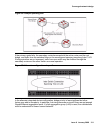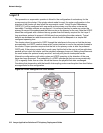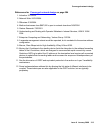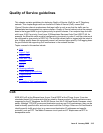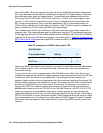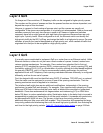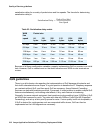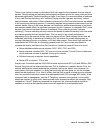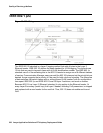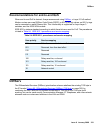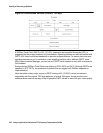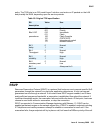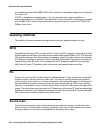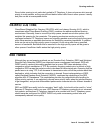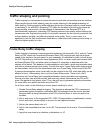
Layer 3 QoS
Issue 6 January 2008 319
There is one caution to keep in mind about QoS with regard to the processor load on network
devices. Simple routing and switching technologies have been around for many years and have
advanced significantly. Packet forwarding at Layer 2 and Layer 3 is commonly done in hardware
(Cisco calls this fast switching, with “switching” being used as a generic term here), without
heavy processor intervention. When selection criteria such as QoS and other policies are added
to the routing and switching process, it inherently requires more processing resources from the
network device. Many of the newer devices can handle this additional processing in hardware,
and maintain speed without a significant processor burden. However, to implement QoS, some
devices must move a hardware process to software (Cisco calls this process "process
switching"). Process switching not only reduces the speed of packet forwarding, but it also adds
a processor penalty that can be significant. This can result in an overall performance
degradation from the network device, and even device failure. Each network device must be
examined individually to determine if enabling QoS will reduce its overall effectiveness by
moving a hardware function to software, or for any other reason. Since most QoS policies are
implemented on WAN links, the following general points for Cisco routers are offered to
increase the level of confidence that QoS remains in hardware (consult Cisco to be sure):
● Newer hardware platforms are required: 2600, 3600, 7200, and 7500
● Newer interface modules (WIC, VIP, and so on) are required. Consult Cisco to determine
which hardware revision is required for any given module.
● Sufficient memory is required: device dependent.
● Newer IOS is required: 12.0 or later.
Avaya Layer 3 switches and the X330 WAN module support both 802.1 p/Q and DiffServ QoS.
Several things should be examined whenever QoS is enabled on a network device. First, the
network administrator should examine the processor load on the device, and compare it to
levels before QoS was enabled. It is likely that the levels will have gone up, but the increase
should not be significant. If it is, then it is likely that the QoS process is being done by software.
Also, the processor load must remain at a manageable level (50% average, 80% peak). If the
processor load is manageable, then the IP Telephony response (for example, voice quality)
should be checked to verify that it has improved under stressed conditions (for example, high
congestion). If the IP Telephony response has improved, the other applications should be
checked to verify that their performances have not degraded to unacceptable levels.



